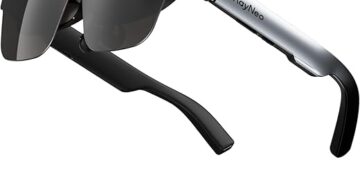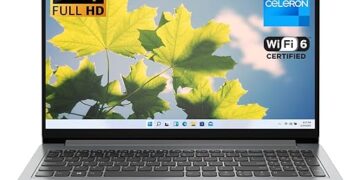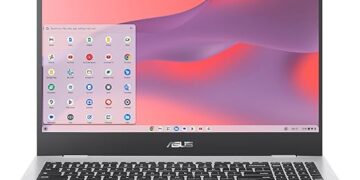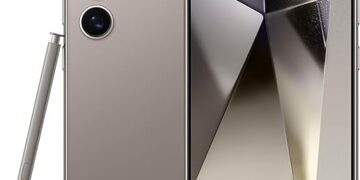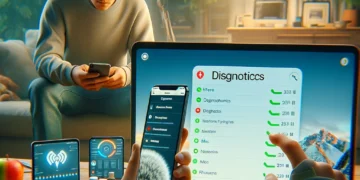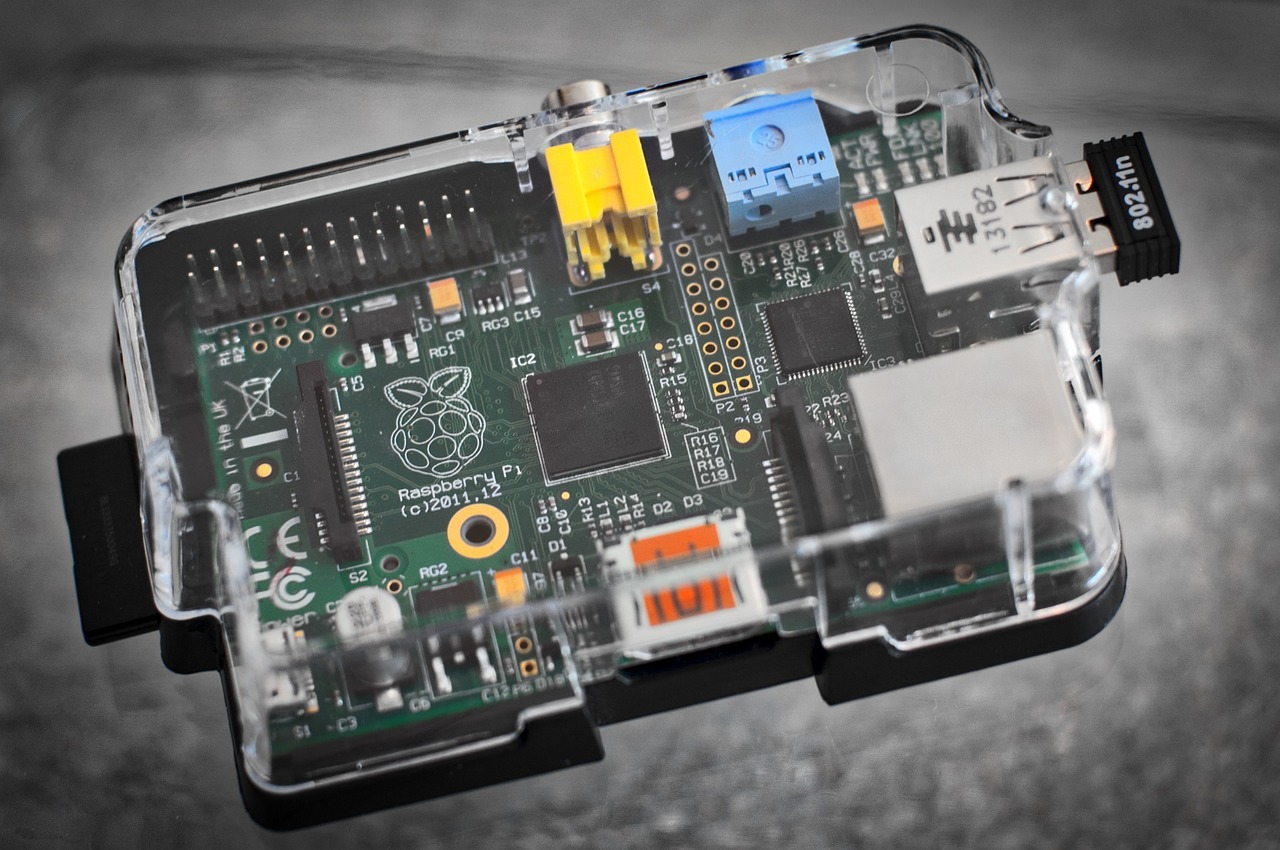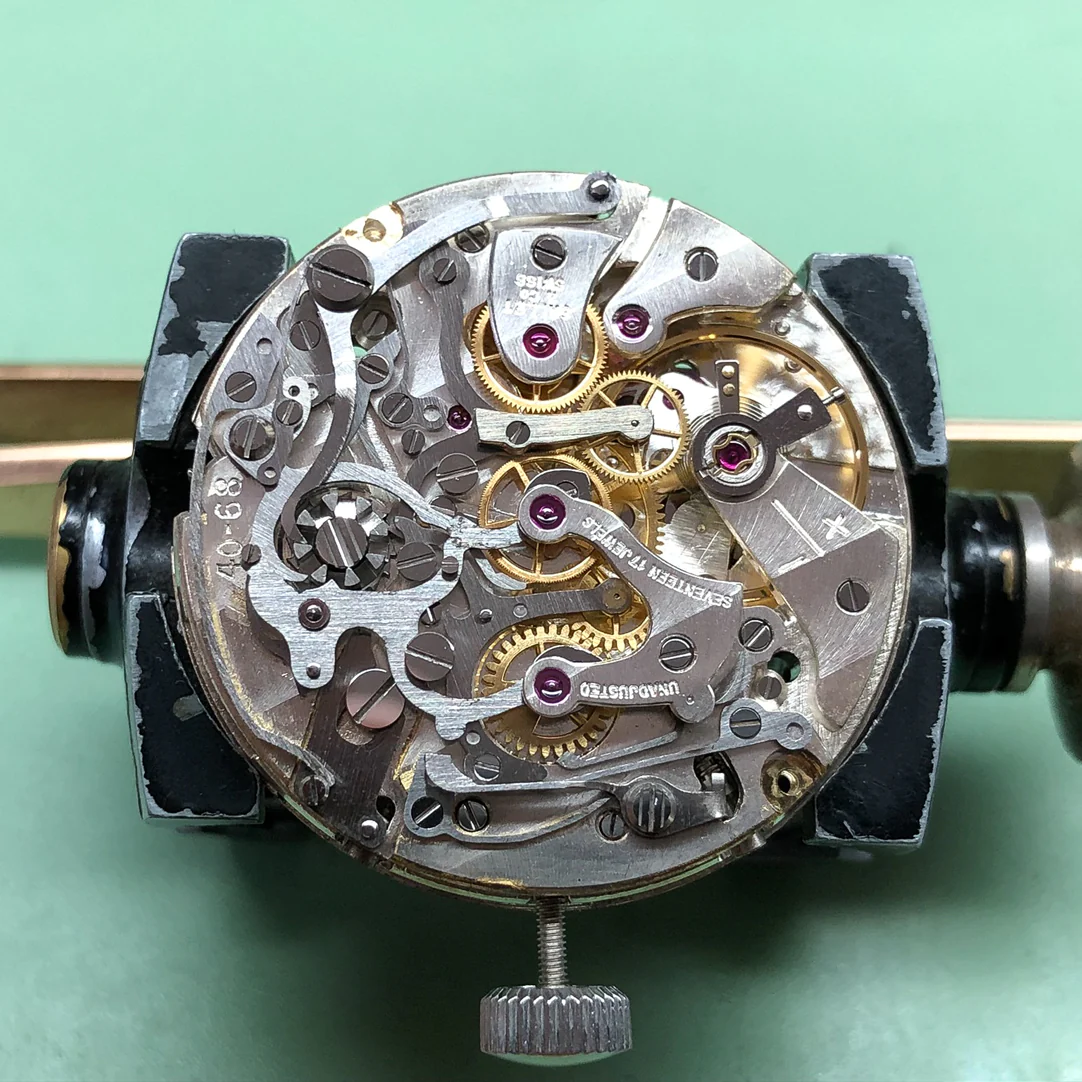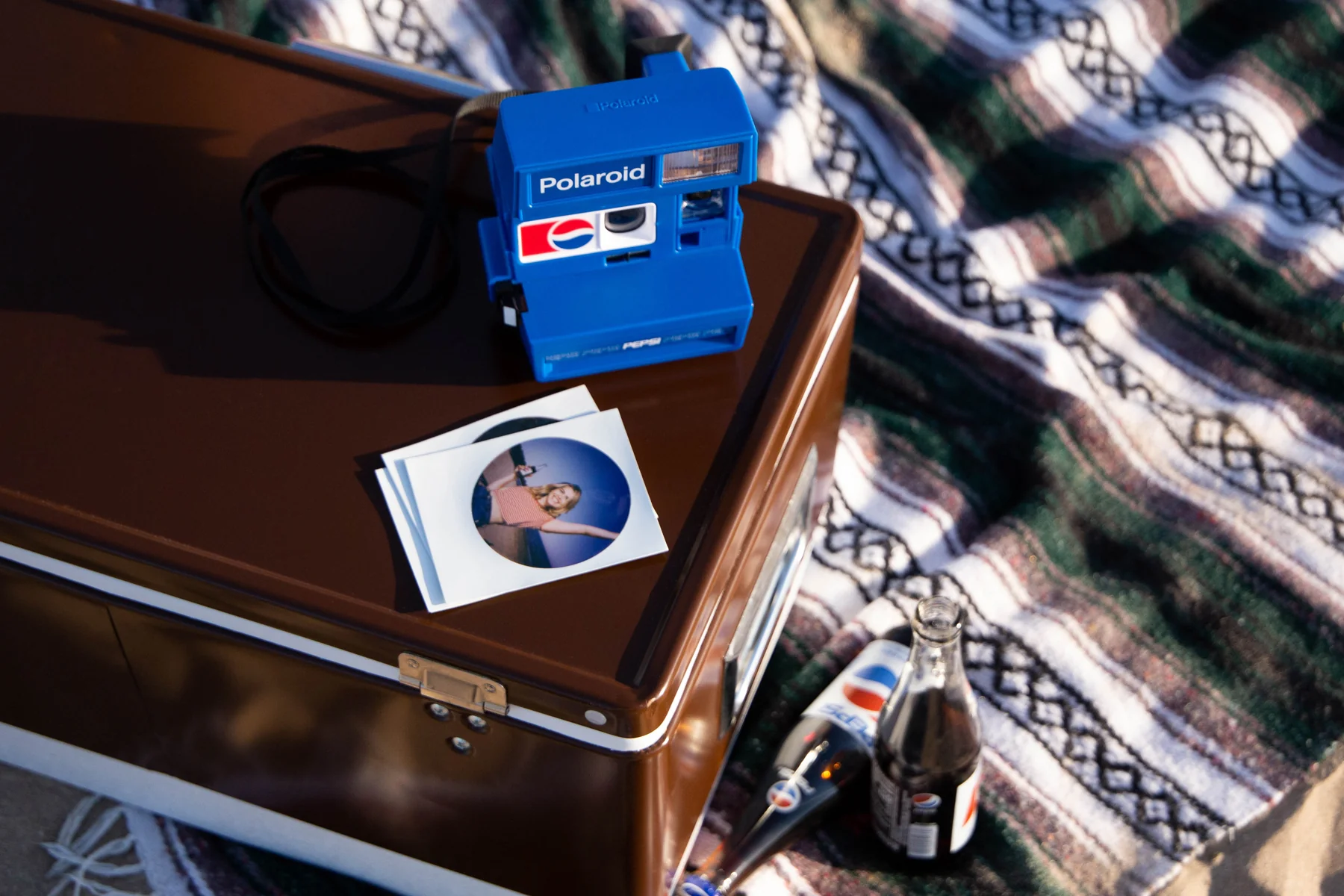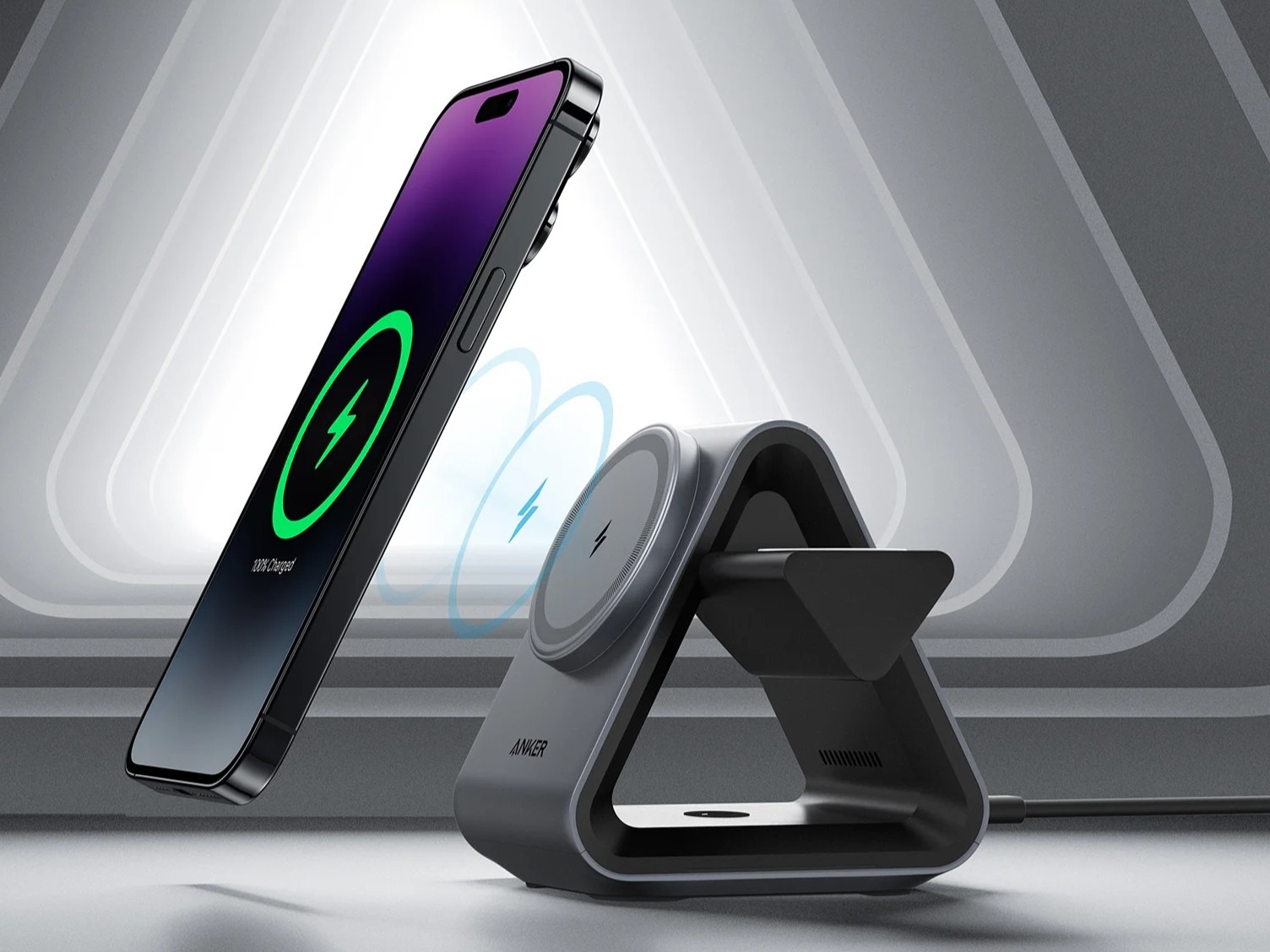In the realm of robot vacuum cleaners, SwitchBot is breaking new ground with its innovative creation, the SwitchBot S10. Unveiled at IFA 2023 in Berlin, this $1,199.99 marvel is set to launch on Kickstarter in October, promising a solution to a common headache associated with traditional robotic floor cleaners. At the heart of its uniqueness is the automatic water refill station, which aims to eliminate the bulky water tanks often found in the cavernous auto-empty docks of leading brands like Roborock and Ecovacs. Let’s dive into this game-changing cleaning companion.
A Revolutionary Solution: Unlike its competitors that require users to confront grimy mop sinks within their docks, the SwitchBot S10 takes a different approach. It incorporates an internal roller brush mop, employing a squeegee method for cleaning while vacuuming. This means no stagnant water or musty mop odors left behind. Owners of robot vacuums can relate to the need for ongoing maintenance, and these large, multi-purpose docks that wash the mop can quickly become unsightly. With the S10, SwitchBot keeps all the mess out of sight and smell, offering a more hygienic experience.
Cost-Effective and Feature-Rich: Priced at an MSRP of $1,200, the S10 presents an attractive alternative to its competitors, coming in at approximately $400 less. Despite being SwitchBot’s inaugural venture into the robot vacuum market, it boasts impressive features. With 6,500pa suction power, lidar navigation, and AI-powered obstacle avoidance, it embodies the qualities of a top-tier bot. However, the ultimate test lies in its real-world performance.
A Glimpse of the S10 in Action: I had the privilege of witnessing the S10 in action at the IFA show floor in Berlin. The familiar auto-empty dock, responsible for charging the robot and emptying its bin, stood out. It appeared compact and resembled the auto-empty bases seen in most setups, minus the added water tanks for mopping. What sets it apart are two small dryer vents positioned at the base of the dock, which expel hot air onto the S10’s mop during charging.
In lieu of traditional water tanks, SwitchBot has introduced a separate water station, powered by a compact battery-driven pump. This station efficiently draws water from your plumbing to supply the robot and conveniently disposes of dirty water into your drainage system. The station’s battery is sparingly used to operate the pump and can even be replenished by the robot itself.
Sean Tan from SwitchBot demonstrated the S10’s prowess by vacuuming oatmeal and effortlessly emptying it into the auto-empty bin. Subsequently, the robot utilized the separate water station to replenish itself and dispose of the mop’s soiled water. The refill process, showcased with the help of water bottles in lieu of plumbing on a trade show floor, unfolded seamlessly. After adding colored liquid to mimic dirt on the removable mop, the robot diligently cleaned the mop and drained the murky water into a second bottle.
Challenges and Potential: While the mop itself boasts a plush, spongey texture, its limited surface area contact with the floor and absence of oscillating action raise questions about its scrubbing efficacy. Additionally, the S10 is notably substantial and weighty, roughly twice as heavy and significantly larger than competitors like the Roomba j7 Plus. Maneuverability may be a concern. This weight is largely attributed to the robust onboard battery, which SwitchBot plans to utilize for future endeavors, such as refilling a new humidifier and draining an upcoming dehumidifier.
Exciting Prospects: The concept of a mobile robot equipped with a substantial battery and water reservoir to assist with household tasks is intriguing. However, before venturing into these prospects, SwitchBot aims to bring the S10 to market. The vacuum is set to launch on Kickstarter on October 13th, and I look forward to conducting a thorough review in the months ahead to assess its real-world performance.


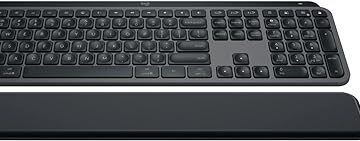







![Apple Watch SE (2nd Gen) [GPS 40mm] Smartwatch with Starlight Aluminum Case with Starlight Sport Band S/M. Fitness & Sleep Tracker, Crash Detection, Heart Rate Monitor](https://www.tech-bit.com/wp-content/uploads/2024/06/applewatchse2ndgengps40mmsmartwatchwithstarlightaluminumcase-360x180.jpg)







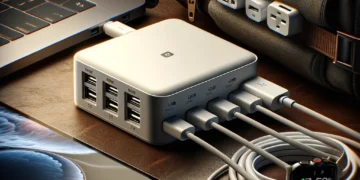



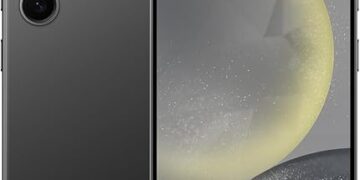
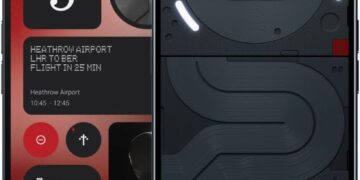



![Apple Watch Series 9 [GPS 45mm] Smartwatch with Midnight Aluminum Case with Midnight Sport Band S/M. Fitness Tracker, ECG Apps, Always-On Retina Display, Water Resistant](https://www.tech-bit.com/wp-content/uploads/2024/06/applewatchseries9gps45mmsmartwatchwithmidnightaluminumcasewith-360x180.jpg)
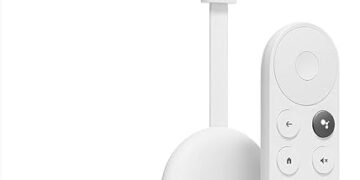
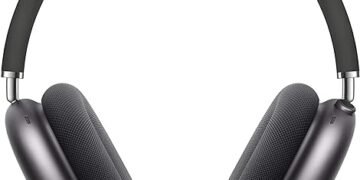

![Apple Watch Ultra 2 [GPS + Cellular 49mm] Smartwatch, Sport Watch with Rugged Black Titanium Case with Black Ocean Band. Fitness Tracker, Precision GPS, Action Button, Extra-Long Battery Life](https://www.tech-bit.com/wp-content/uploads/2024/10/applewatchultra2gpscellular49mmsmartwatchsportwatchwithrugged-360x180.jpg)

